When it comes to interior design, the Victorian era is synonymous with opulence, complex patterns, and a certain grandiosity. As an avid lover of interior design and a homeowner with a passion for vintage aesthetics, I’ve spent countless hours exploring the intricacies of Victorian living room decor. This article aims to provide you with an in-depth guide that not only highlights the essential elements of Victorian decor but also shares my personal experiences along the way.
Understanding Victorian Style
The Victorian era, which spanned from 1837 to 1901, introduced a wealth of design elements that still resonate today. Characterized by elaborate ornamentation, rich fabrics, and deep colors, Victorian decor champions the notion of creating a cozy yet sophisticated environment. To truly embrace Victorian style in your living room, consider the following key characteristics:
Key Characteristics of Victorian Decor
- Rich Colors: Deep reds, greens, and blues often dominate Victorian palettes, creating a warm and inviting ambiance.
- Intricate Patterns: From floral prints to paisley designs, patterns play a significant role in Victorian interiors.
- Antique Furniture: Heavy, ornate furniture is a hallmark of this style, featuring dark woods and plush upholstery.
- Layered Textures: Mixing various textures—from silk to velvet to lace—adds depth and interest.
- Statement Lighting: Chandeliers and decorative lamps serve as focal points, illuminating the space beautifully.
Creating Your Victorian Living Room
Now that we’ve established the foundational aspects of Victorian decor, let’s delve into how you can transform your living room into a Victorian sanctuary.
Step 1: Choose a Color Palette
Your choice of colors sets the tone for your entire living room. Consider a palette with rich, jewel tones. Here’s a comparison table to help you visualize some popular Victorian color schemes:
| Color Scheme | Primary Color | Accent Colors |
|---|---|---|
| Regal Red | Crimson | Gold, Dark Green |
| Ethereal Green | Emerald | Ivory, Walnut Brown |
| Royal Blue | Deep Navy | Silver, Cream |
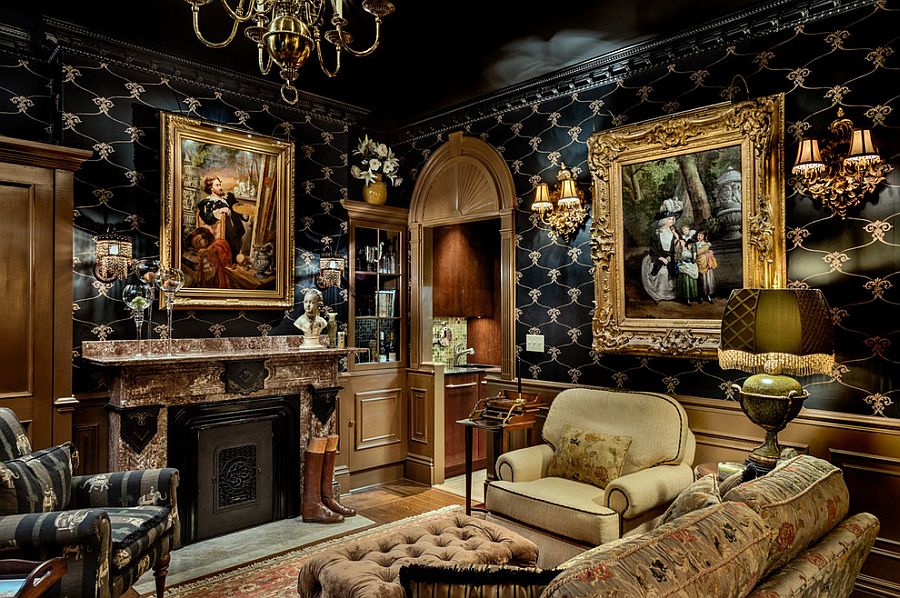
Step 2: Select the Right Furniture
When it comes to furniture, opt for pieces that are both functional and visually impactful. Look for:
- Overstuffed Sofas: These provide comfort while exuding a vintage charm.
- Ornate Coffee Tables: Consider tables with intricate carvings or inlays.
- Antique Armchairs: Plush fabrics in bold patterns can serve as statement pieces.
Pros and Cons of Victorian Furniture
| Pros | Cons |
|---|---|
| Timeless Elegance | Can be expensive |
| Unique Character | May require more maintenance |
| High Comfort Levels | Heavy and difficult to move |
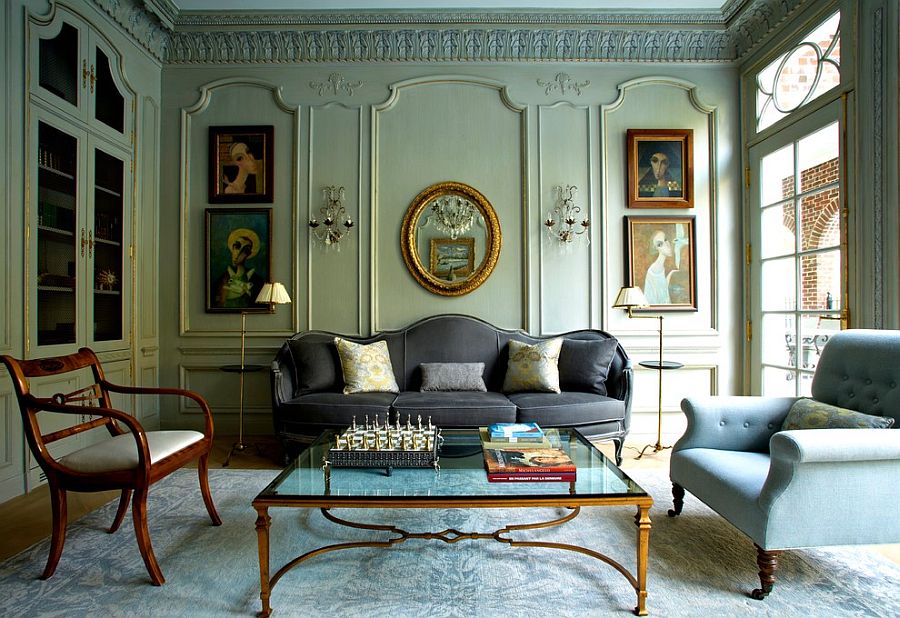
Step 3: Incorporate Textiles
Textiles are vital in establishing the Victorian ambiance. Consider drapes, throw pillows, and rugs that feature:
- Rich Fabrics: Velvet, brocade, and heavy cottons add to the luxurious feel.
- Layering: Mix and match patterns—don’t shy away from bold choices!
- Storage Solutions: Use decorative storage boxes to keep clutter at bay while maintaining style.
Lighting: Setting the Mood
Lighting in a Victorian living room should be opulent yet functional. Here are some suggestions:
- Chandeliers: A grand chandelier can be a stunning centerpiece.
- Table Lamps: Use lamps with stained glass shades for a period-appropriate touch.
- Wall Sconces: These can enhance the atmosphere while saving space.
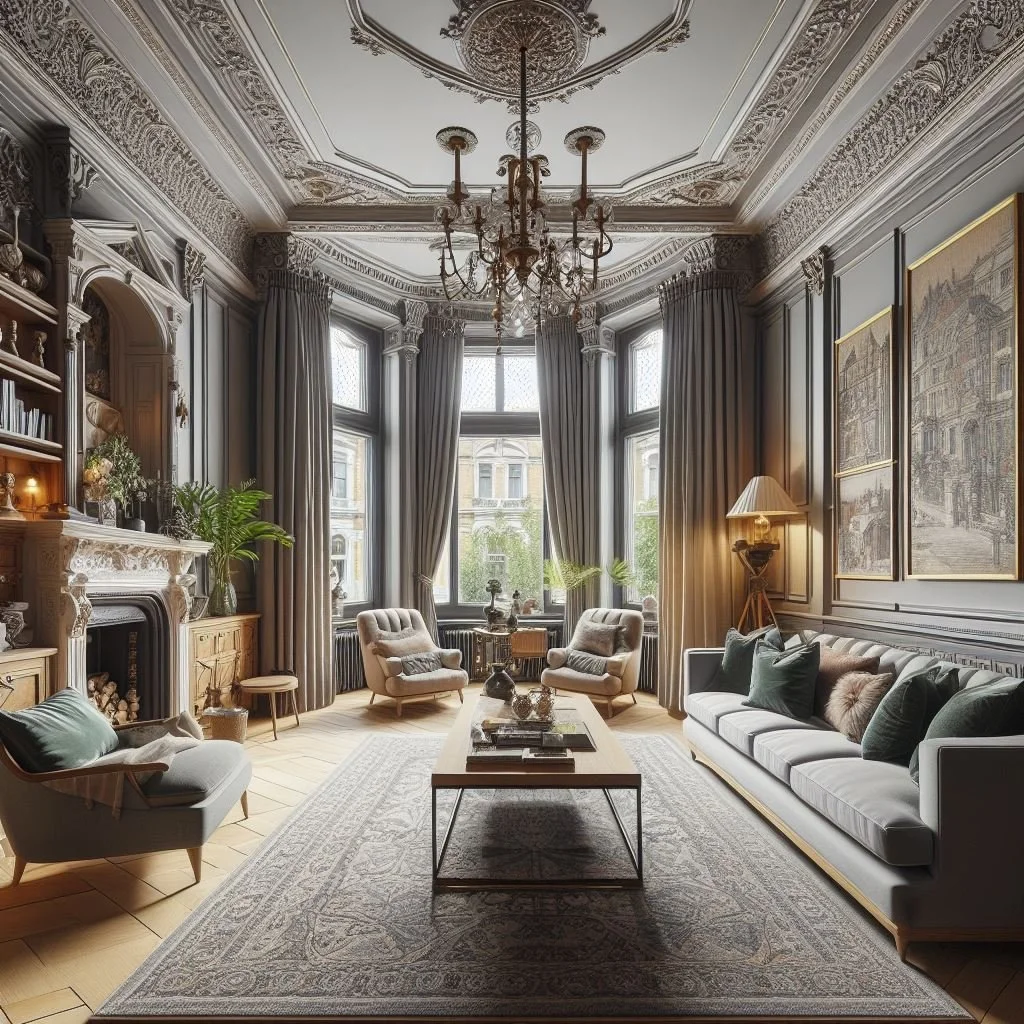
Statement Lighting Features
Here’s a brief comparison of popular types of Victorian lighting:
| Lighting Type | Style | Best For |
|---|---|---|
| Chandelier | Ornate, Crystal | Central Lighting |
| Table Lamp | Stained Glass | Side Tables |
| Wall Sconce | Brass, Vintage | Accent Lighting |
Accessories and Decor
Accessories breathe life into your Victorian living room. Here are some key elements to consider:
- Artwork: Opt for framed portraits or landscapes, preferably in ornate frames.
- Mirrors: A large, decorative mirror can enhance light and create an illusion of more space.
- Plants: Incorporate vintage planters to bring a touch of nature inside.
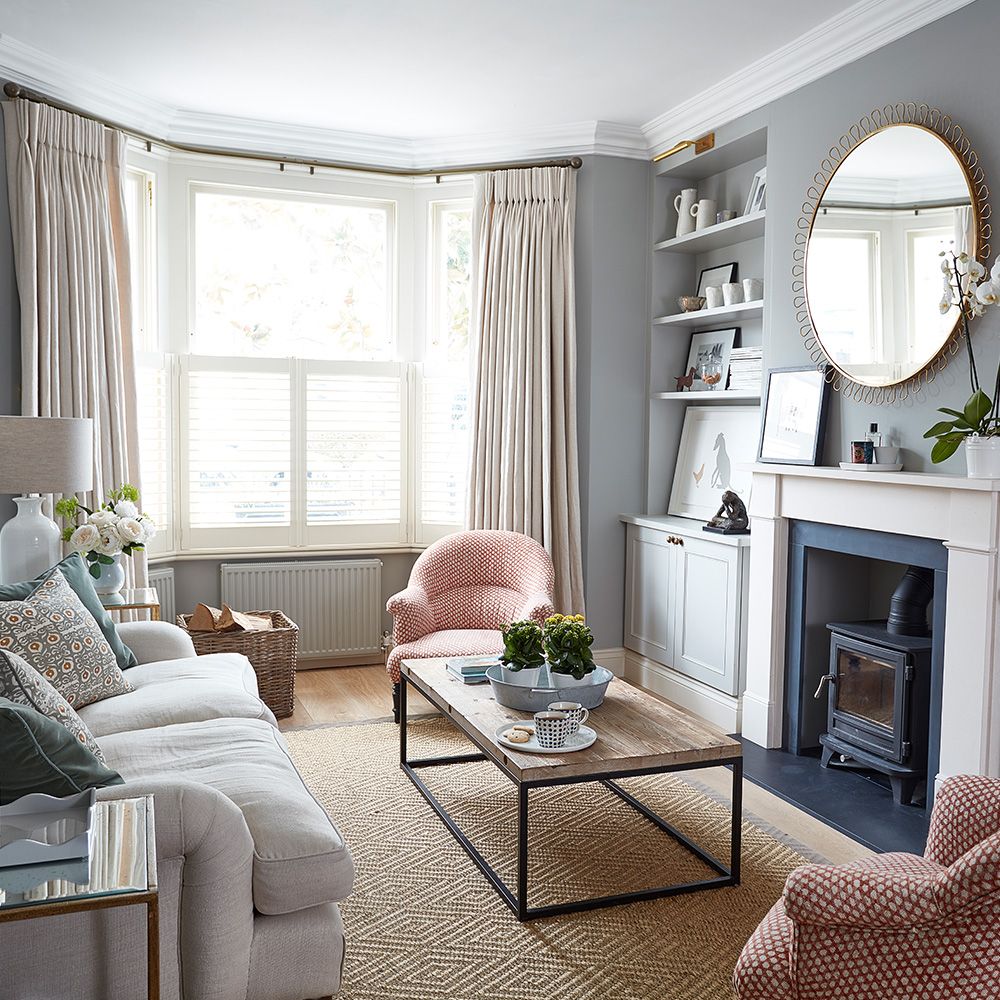
Tips for Accessory Placement
Here are some guidelines to effectively arrange your Victorian accessories:
- Keepsakes and decor items should be grouped in odd numbers for visual interest.
- Use varying heights for accessories to create depth.
- Avoid overcrowding; leave space for your main focal points to stand out.
Personal Experiences with Victorian Decor
Transforming my own living room into a Victorian haven was both a challenge and a joy. I vividly remember the day I found my antique armchair at a local flea market. It was worn, but it spoke to me. A little bit of upholstery work and some vibrant fabric transformed it into a statement piece in my room. Every time I walk into my living room, I’m greeted by warmth and elegance, and it serves as a reminder that decor is not just about the items you choose; it’s about the stories they hold.
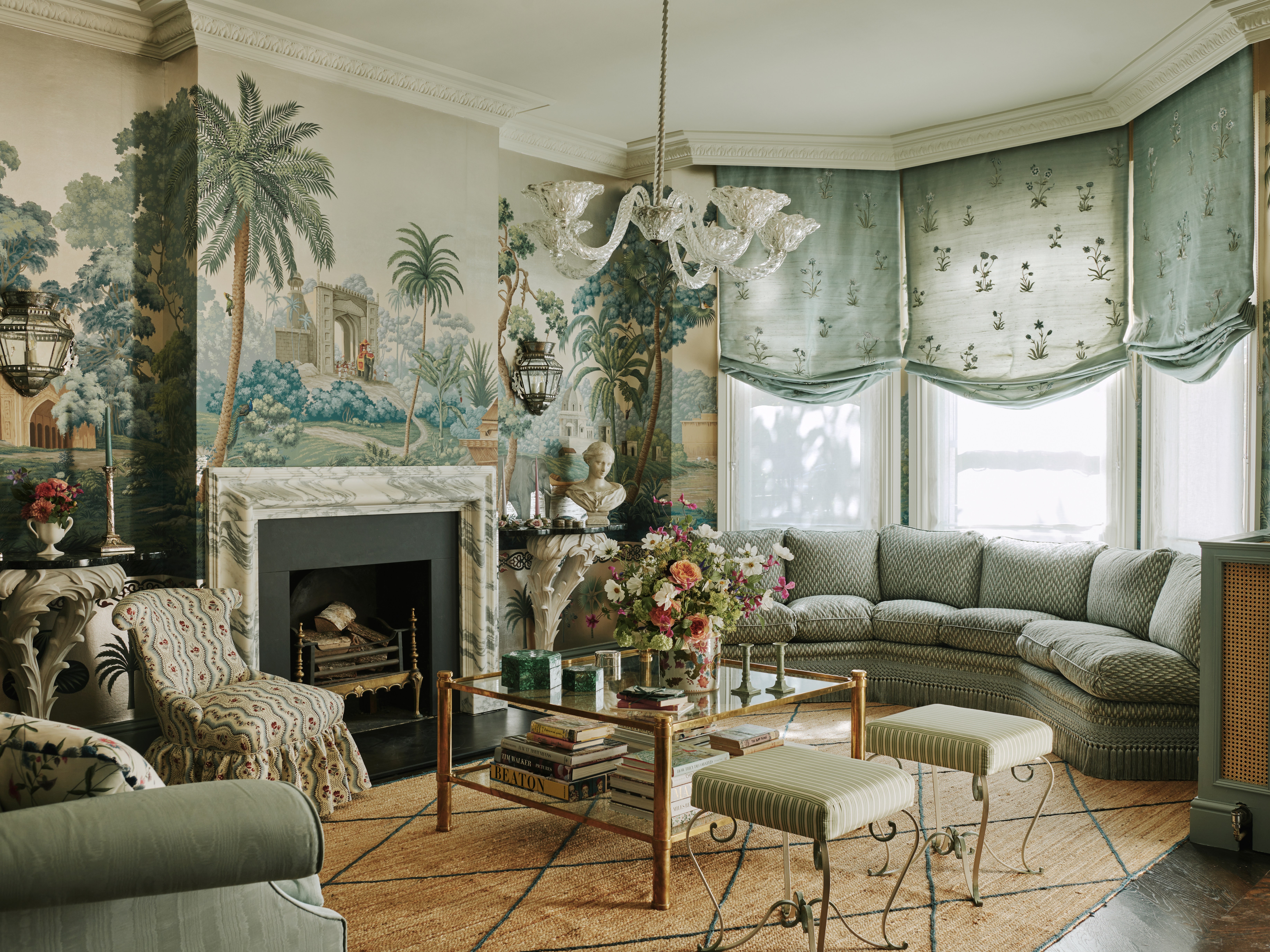
Common Mistakes to Avoid
Even with the best intentions, it’s easy to make mistakes while decorating in the Victorian style. Here’s a list of common pitfalls to avoid:
- Overdoing Patterns: While mixing patterns can be playful, too much can overwhelm the space.
- Neglecting Functionality: Remember that your living room should be comfortable and livable, not just visually stunning.
- Ignoring Scale: Make sure your furniture and decor fit the dimensions of the room; oversized pieces can dominate the space.
FAQs About Victorian Living Room Decor
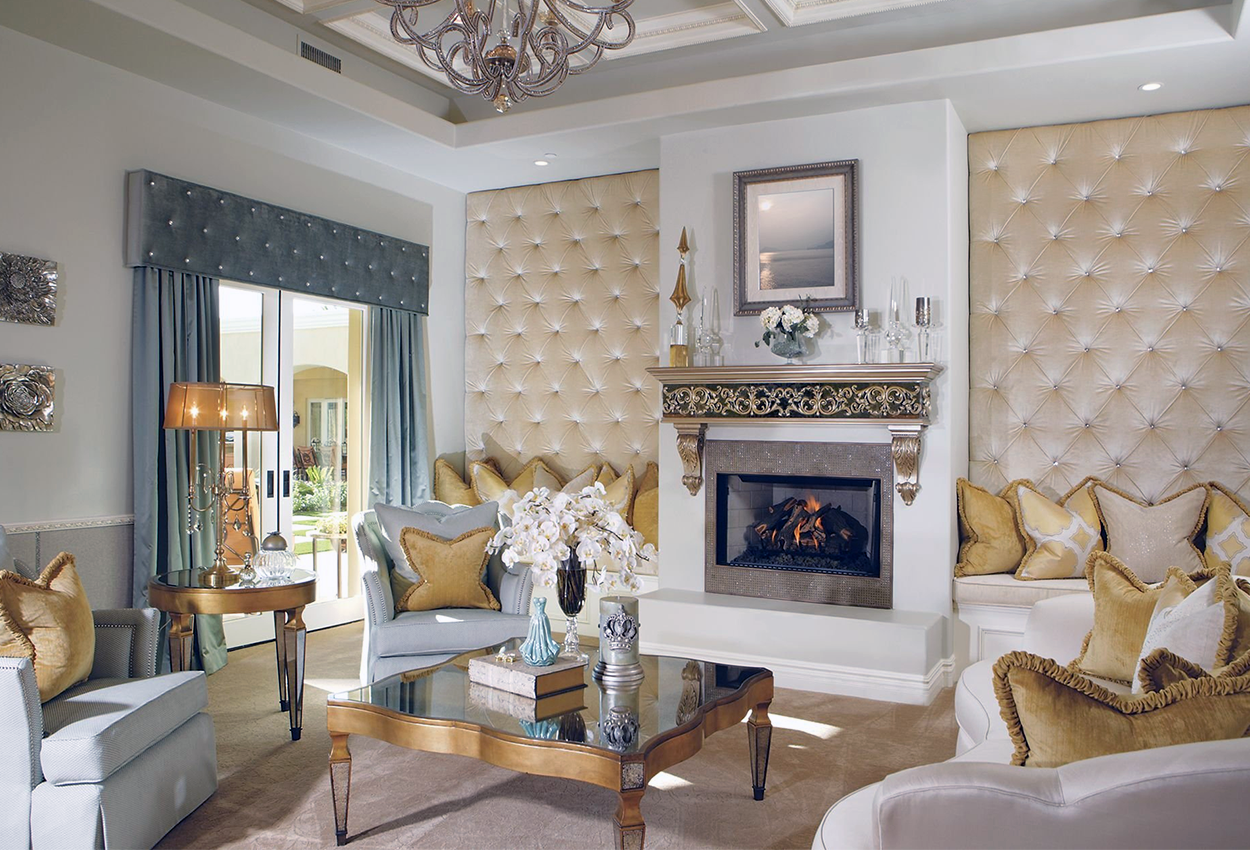
What are the essential features of Victorian living room decor?
Essential features include rich colors, intricate patterns, antique furniture, layered textiles, and statement lighting.
How can I incorporate Victorian decor on a budget?
Shop at thrift stores or flea markets for second-hand items, and consider DIY projects to repurpose or update existing furniture.

Can I mix other styles with Victorian decor?
Yes! Victorian decor can be beautifully complemented by elements of modern, industrial, or even rustic styles for a unique blend.
Conclusion: Embracing Victorian Elegance
Victorian living room decor is more than just aesthetics; it’s about creating an environment that tells a story and evokes a sense of nostalgia. Whether you choose to fully embrace Victorian principles or integrate them into a more modern context, there’s no denying the timeless elegance that this style brings. I hope this guide inspires you to embark on your own Victorian decor journey—remember, it’s not just about filling a room but creating a lovely space that feels like home.